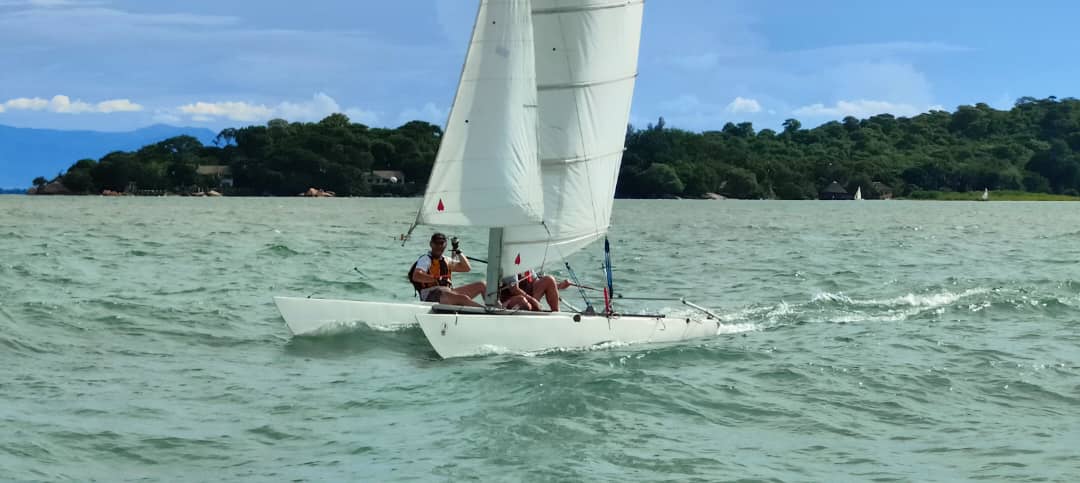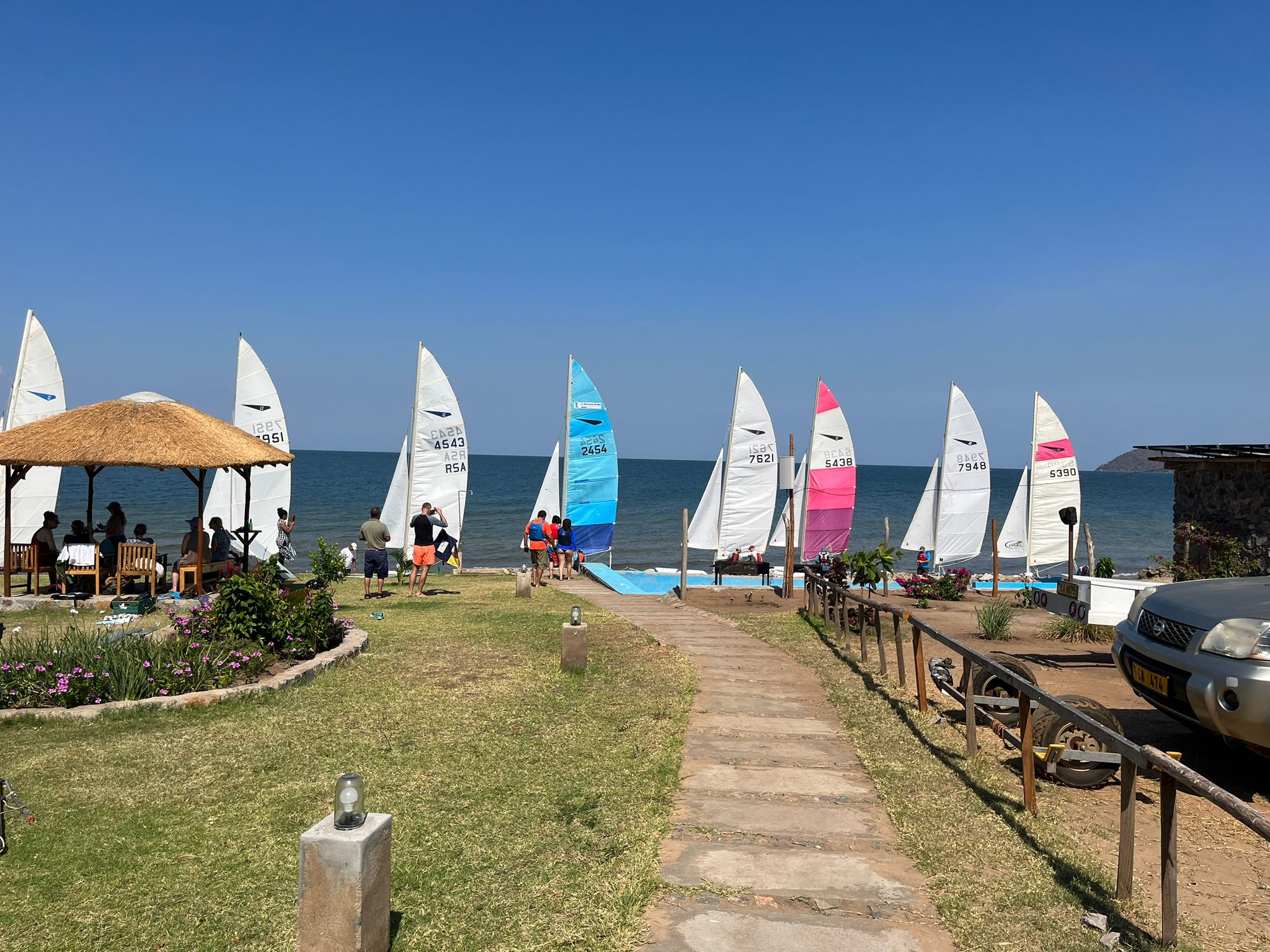Weather Hazards
Understanding Lake Malawi's unique weather patterns is crucial for safe sailing.

Seasonal Winds
Lake Malawi experiences strong southeast winds (known as 'mwera') from May to October. These can reach 25-30 knots, creating challenging conditions especially in the afternoons.
Morning sailing is generally calmer. Always reef early when winds increase.

Sudden Storms
Thunderstorms can develop rapidly, especially November-April. Watch for:
- Darkening clouds to the south
- Sudden wind shifts
- Temperature drops
- Increasing wave height
Seek shelter immediately if storms approach.